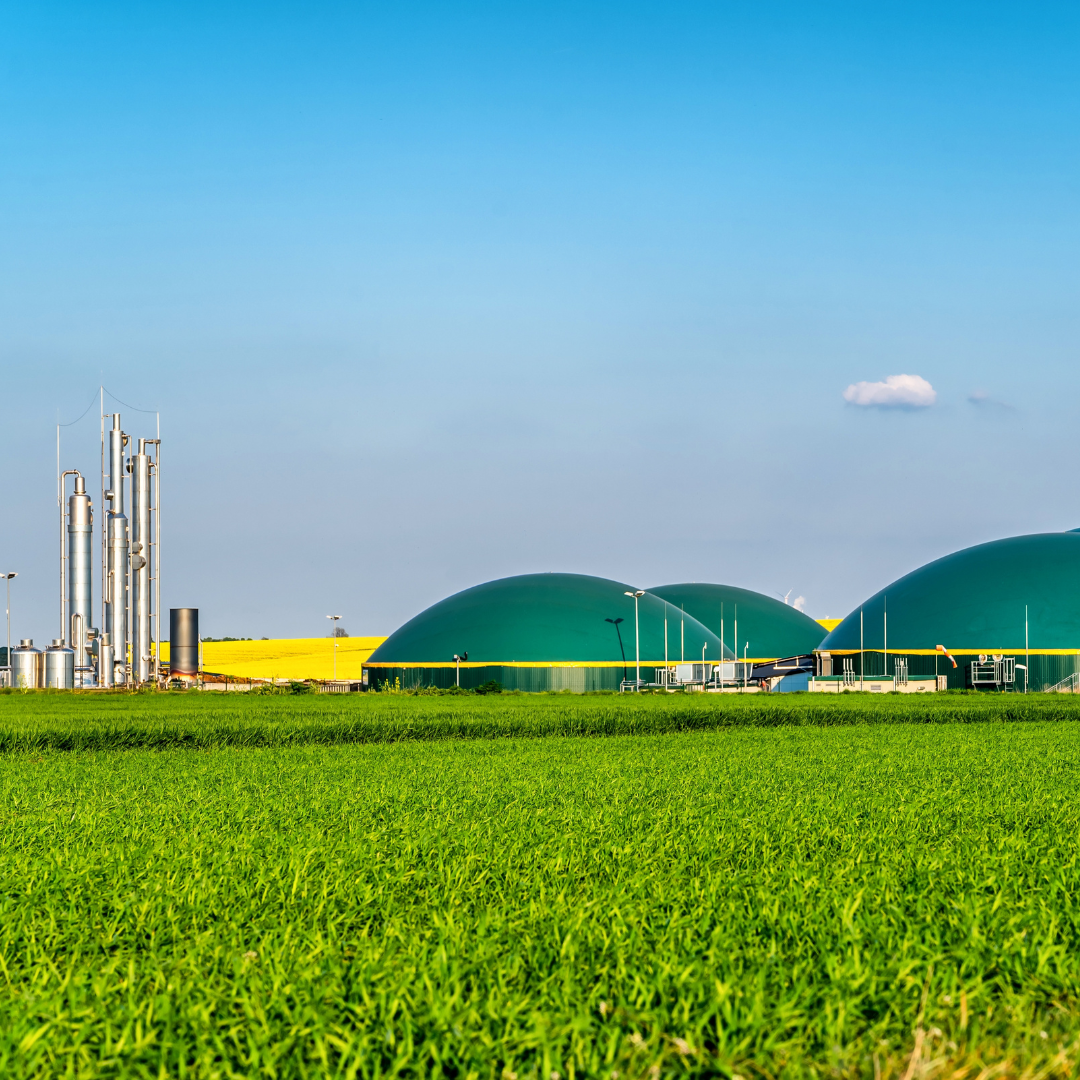Sectors
Biomass and Biogas
Biomass power plants are facilities that produce electricity using different carbon-based sources such as forestry waste, energy crops and agricultural waste, among others, as raw materials.
The process of electricity generation from biomass is carried out through the controlled combustion of this biomass in a boiler, producing steam that is responsible for driving the turbine to generate electricity.
Meanwhile, biogas is a combustible gas produced by the biological decomposition of organic matter present in sludge, biowaste, etc. in the absence of oxygen, a process called anaerobic digestion. Biogas can be used as a fuel in internal combustion engines to generate electricity and heat, and it can also be upgraded to obtain biomethane, which is a high quality gas that can be injected into the natural gas grid or used as a vehicle fuel.
Both biomass and biogas are renewable and sustainable energy sources and their use contributes to the reduction of greenhouse gas emissions. It is also of great importance that both are manageable energy sources.


- They contribute to the reduction of greenhouse gas emissions, as the biomass used as fuel is considered carbon neutral because it emits the same CO2 as it has absorbed during its growth.
- They promote local and regional economic development, as both the biomass used as fuel and the biowaste for biogas are obtained from local sources, which generates employment and improves the region's economy.
- They contribute to sustainable waste management, as both part of the biomass used as fuel and the biowaste itself are materials that could otherwise end up in landfills.
- They help diversify a country's energy matrix, reducing its dependence on imported fossil fuels and improving energy security.


